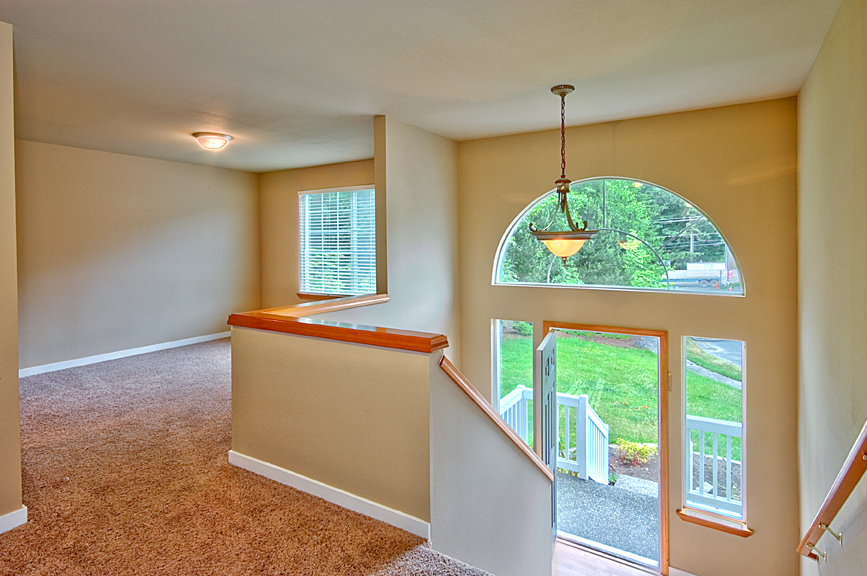Summertime is here, which means it’s time again for all our favorite outdoor activities and gatherings. Whether taking some sun in a private backyard, or entertaining friends, family and neighbors with BBQ’s and outdoor parties, the perfect setting for these get-togethers is a beautifully built, well-maintained deck. Springtime is the perfect time of year to begin thinking about building or remodeling your deck. There is still plenty of time to have a beautiful custom-made deck installed in order to get the most spring and summertime use and enjoyment out of the decking you choose.

One of the first decisions you should consider when you decide to build a deck is what type of materials are going to be used in the construction of the deck. Many people still decide to build using traditional wood decking. However, a growing number of people are switching to Composite Decking.
According to the Freedonia Group, a research firm, around one quarter of all new deck sales are now Composite Decking. Composite decking is any of a variety of available wood-plastic-mix decking. Each manufacturer of composites has its own proprietary blend of organic fibers, polymers and filler additives. Because the make-up of the different deckings is so various, they present a wide range in color, texture, material strength, durability, and resistance to mold, staining, and wear.
As with any building material, Composite decking comes with its own lists of pros and cons. Aside from dispelling the myth that there is a “no-maintenance” decking material available anywhere, the hope here is to help you understand and sort out the strengths and weaknesses that composite decking offers in order to make the best possible decision for your own decking needs.
—Composite decking has, in the past, been touted as a “no maintenance” decking material. This has never been true. Although composites continue to evolve and offer more in the way of mold and stain-protection, there is no material substitute for good old-fashioned sensible maintenance. Every deck, regardless of material, benefits from the occasional sweeping and spraying.
—Any buildup of debris or dirt, or pooling of water can help to support the growth of mold. This is true of any decking material. In the case that staining or mold do occur on a composite deck, the effects can usually be mitigated or eliminated by scrubbing the decking with a manufacturers’ recommended wash, which usually contains sodium hypochlorite and detergent.
—Composites offer the homeowner many advantages in the long-term. With composite decking, the expense and hassle of having to regularly stain a deck to maintain the original luster is eliminated. So, to, is the tedium of annual water sealing. Composite decking is usually less porous and absorbent than natural woods.
—Composites are of regular consistency. they lack a grain-line, so they don’t split. They also resist checking or chipping, and resist varieties of rot better than any natural wood.
—Appearance of Composite decking varies drastically. Some manufacturers offer rather convincing patterns mimicking natural wood grains, while others make no such attempt, instead favoring the clean lines and smooth appearance of an obvious composite look.
—Color and fading have been and continue to be a concern for the composite deck-owner. Composites are offered in an astounding number of colors and dimensions, so there is never an issue getting the look want. However, all composites share the downfall of fading. The color of most composite decking will fade over the life of the deck. The most drastic fading will happen within the first six months.
—Another drawback to composite decking seems to be incidents of fungal decay. This tends to occur only when a composite deck has been poorly maintained over a long stretch of time. Another factor in composite fungal decay is when the decking is left wet for long periods, a strong consideration when building in the Pacific Northwest.
